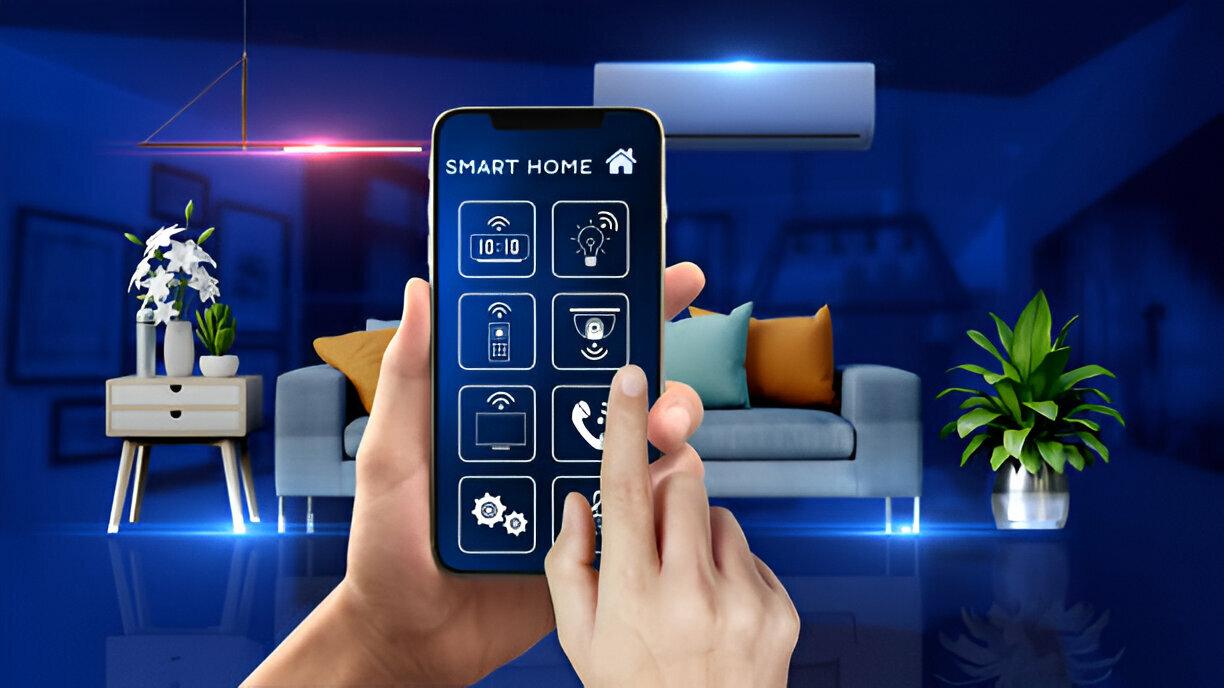Do you ever wonder about the different types of graphic design? Well, look no further! In this article, we’ll explore the exciting and diverse world of graphic design. From print design to web design, branding to illustration, motion graphics to packaging design – there’s something for everyone. Whether you’re a budding designer or simply curious, get ready to dive into the captivating world of graphic design. So, let’s get started!
Print Design
Print design encompasses the creation of visual materials that are intended for physical reproduction on paper or other tangible surfaces. It plays a crucial role in communication, branding, and marketing strategies. The importance of print design cannot be overstated, as it allows businesses to convey their message effectively to their target audience.
Print design offers a tangible and lasting impression. In a digital world where information is quickly consumed and forgotten, print materials provide a sense of permanence. Whether it’s a business card, brochure, or poster, print design allows you to leave something physical in the hands of your potential customers. This creates a lasting connection and makes your brand more memorable.
Another significant advantage of print design is its versatility. With the right design elements, you can create materials that are visually appealing and attention-grabbing. The use of color, typography, and layout can help convey the message and evoke emotions in a way that digital media cannot always achieve.
Print design also allows for targeted marketing. By strategically placing print materials in relevant locations or distributing them to specific demographics, businesses can effectively reach their intended audience. This targeted approach ensures that the message is reaching the right people and increases the chances of generating leads or making sales.
Web Design
Web design is an essential aspect of graphic design that focuses on creating and designing websites. It plays a crucial role in establishing an online presence and attracting visitors. When it comes to web design, one of the key factors to consider is the importance of user experience (UX). A well-designed website not only looks visually appealing, but it also ensures that users can navigate and interact with it easily.
To illustrate the significance of user experience in web design, consider the following table:
| Element | Description | Example |
|---|---|---|
| Navigation | Refers to the menu or links that allow users to move around the website | Clear and intuitive navigation bar with dropdown menus |
| Responsiveness | Ensures that the website adapts and functions well on different devices and screen sizes | Mobile-friendly design that adjusts layout and content for smaller screens |
| Loading Speed | Refers to the time it takes for a website to load completely | Optimized images and efficient coding to minimize loading time |
Branding and Identity Design
When it comes to branding and identity design, visual brand representation is key. It involves creating a unique and recognizable visual identity for a company or product through the use of colors, shapes, and imagery. Additionally, logo and typography play a crucial role in establishing brand recognition and conveying the brand’s personality. Finally, consistent brand messaging ensures that all design elements align with the brand’s values and effectively communicate its message to the target audience.
Visual Brand Representation
To effectively represent your brand visually, you need to engage in the practice of branding and identity design. This involves creating a visual identity that accurately reflects your brand’s values and story. Visual storytelling is a powerful tool in branding and identity design, allowing you to communicate your message and connect with your audience on a deeper level. Color psychology is another important aspect of visual brand representation. Different colors evoke different emotions and can influence how people perceive your brand. By understanding the psychology behind colors, you can strategically choose the right color palette to convey the desired image and message. Consistency is also key in visual brand representation. By maintaining a consistent visual style across all brand elements, from your logo to your website, you can build brand recognition and establish a strong visual identity.
Logo and Typography
To effectively represent your brand visually, engage in logo and typography design to create a strong visual identity. Your logo design serves as the face of your brand, encapsulating its essence and values. Typography techniques, on the other hand, play a crucial role in conveying the right tone and personality through the choice of fonts, sizes, and spacing. Here are three key logo and typography techniques to consider:
| Technique | Description | Example |
|---|---|---|
| Minimalism | Simplify your logo and typography to create a clean and modern look. | The Nike logo |
| Customization | Tailor your logo and typography to reflect your unique brand identity. | The Coca-Cola logo |
| Contrast | Use contrasting colors, sizes, or styles to create visual interest and hierarchy. | The FedEx logo |
Consistent Brand Messaging
To maintain a cohesive visual representation of your brand, it is important to establish consistent brand messaging in your branding and identity design. This means that every piece of marketing communication, whether it’s a social media post, a website banner, or a printed brochure, should convey the same message and evoke the same emotions. Consistent brand messaging helps to reinforce your branding strategy and build brand recognition among your target audience. It also ensures that your customers have a clear understanding of your brand values and what you stand for. To achieve consistent brand messaging, consider the following:
- Develop a brand style guide: This document outlines the guidelines for using your brand elements, such as logo, colors, typography, and imagery.
- Use consistent language and tone: Establish a consistent voice and tone in your marketing communication to create a cohesive brand personality.
- Maintain a consistent visual style: Use consistent design elements, such as layout, graphics, and photography, to create a unified visual identity.
Illustration
You can explore illustration in graphic design through a variety of styles and techniques. Digital art has revolutionized the field of illustration, making it easier than ever to create stunning visuals. Whether you’re using a digital tablet or software like Adobe Illustrator, the possibilities are endless.
Graphic illustration is a popular form of illustration in graphic design. It involves creating images that communicate a message or concept. These illustrations can range from simple icons to complex illustrations that tell a story. Graphic illustrators often work closely with designers to create visuals that enhance the overall design.
Digital art has opened up new opportunities for illustrators. With the ability to easily manipulate images and experiment with different styles and techniques, digital art has become an essential tool for illustrators in the graphic design industry. It allows for greater flexibility and creativity, making it easier to bring ideas to life.
Whether you’re creating illustrations for print or digital media, mastering the art of illustration is crucial in graphic design. By exploring different styles and techniques, you can develop your own unique style and create visually appealing designs that captivate audiences. So go ahead, unleash your creativity and dive into the world of illustration in graphic design.
Motion Graphics
Motion graphics is a dynamic form of graphic design that utilizes animated visuals to convey information and engage viewers. It is an effective tool in the world of advertising, as it grabs attention and communicates messages in a visually appealing and captivating way. Here are three reasons why motion graphics are important in advertising:
- Enhanced storytelling: Motion graphics allow advertisers to tell a story in a compelling manner by combining visuals, text, and sound. The animation brings the narrative to life, making it more memorable and impactful.
- Increased engagement: Motion graphics have the power to captivate viewers and hold their attention for longer periods. The movement and dynamic elements create an immersive experience, making the advertisement more engaging and memorable.
- Effective communication: Motion graphics can convey complex ideas or information in a simple and easily understandable way. By using visuals, motion, and text, advertisers can communicate their message effectively, ensuring that it is easily comprehended and retained by the audience.
Packaging Design
Packaging design frequently plays a vital role in capturing the attention of consumers and influencing their purchasing decisions. When it comes to sustainable packaging design, it goes beyond just creating visually appealing packaging. Sustainable packaging aims to reduce its environmental impact throughout its lifecycle, from production to disposal. This type of design incorporates eco-friendly materials, minimalistic designs, and innovative solutions to minimize waste and promote recycling.
The impact of packaging design on consumer behavior cannot be underestimated. It has the power to evoke emotions, create a sense of desire, and convey the value of the product inside. The design elements, such as colors, typography, and imagery, all contribute to the overall perception of the product. A well-designed package can make a product stand out on the shelves and entice consumers to choose it over competitors.
Furthermore, packaging design can also communicate important information about the product, its features, and benefits. Clear and concise messaging, combined with eye-catching visuals, can effectively communicate the brand’s story and values, helping consumers make informed decisions.
User Interface (UI) Design
Are you aware of the importance of UI design? User Interface (UI) design plays a crucial role in creating a positive user experience. It involves the thoughtful arrangement of elements such as buttons, menus, and navigation to ensure usability and functionality.
Importance of UI Design
When it comes to graphic design, one of the most crucial aspects you need to consider is the importance of UI design (User Interface (UI) Design). A well-designed user interface can significantly impact the overall user experience and the success of a design project. Here are three reasons why UI design is so important:
- Usability: A well-designed UI ensures that users can easily navigate and interact with a website or application. It simplifies complex processes, making it easier for users to achieve their goals and have a positive experience.
- Visual appeal: A visually appealing UI can captivate users and create a strong first impression. It helps to establish a brand identity and enhances the overall perception of a product or service.
- Engagement: A well-designed UI can encourage users to actively engage with a website or application. By creating intuitive and interactive interfaces, users are more likely to stay engaged and spend more time using the product.
Elements of UI Design
To understand the elements of UI design, you need to delve into the various components that contribute to a well-designed user interface. UI design principles and best practices are essential to create intuitive and visually appealing interfaces that enhance the user experience. The elements of UI design include layout, typography, color scheme, icons, buttons, and navigation. A well-thought-out layout ensures the logical organization of content, enabling users to easily navigate and find information. Typography plays a crucial role in readability and hierarchy, guiding users through the interface. Color scheme choices impact the overall look and feel of the design, while icons and buttons provide visual cues for interaction. Effective navigation allows users to move seamlessly between different sections of the interface. By implementing these elements, UI designers create interfaces that are visually appealing, user-friendly, and efficient.



